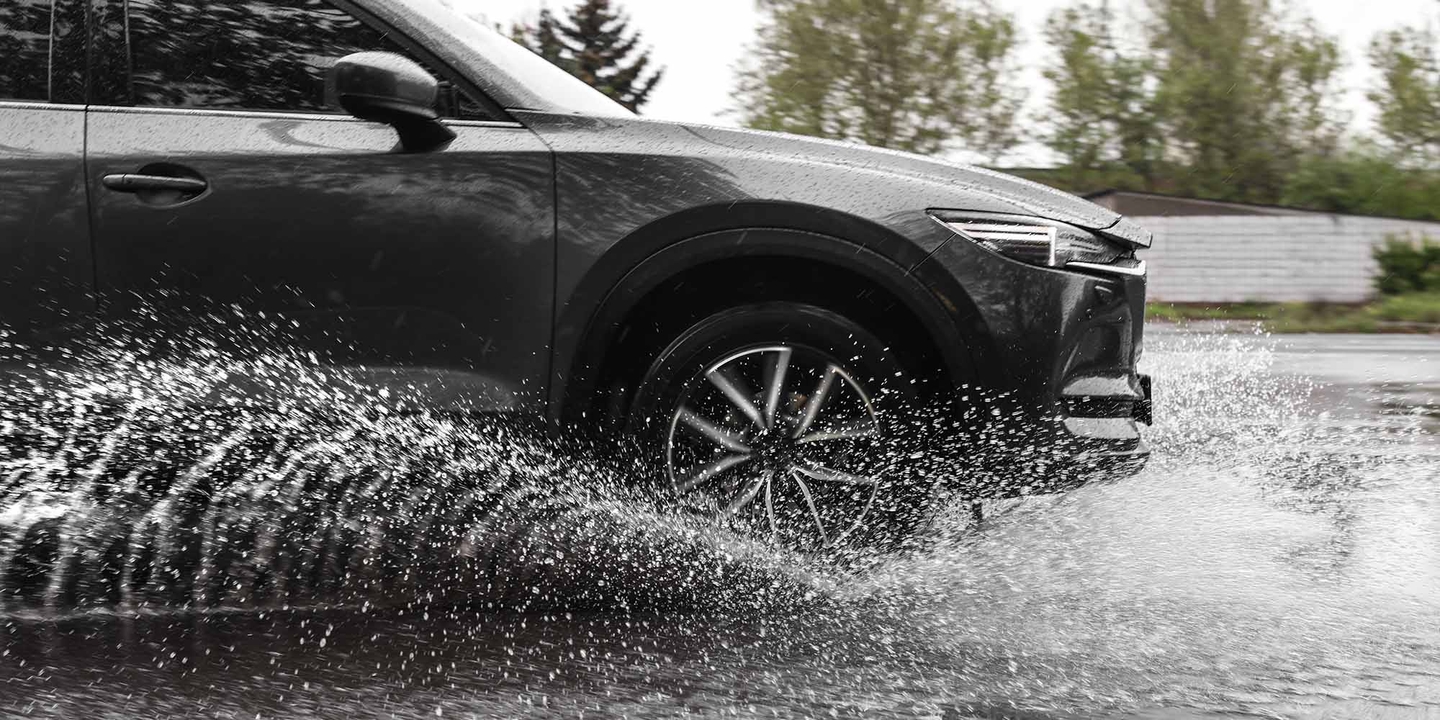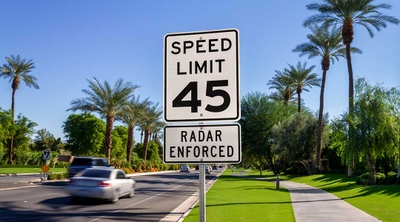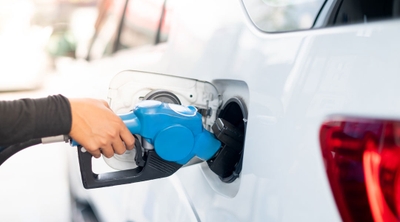What is hydroplaning?
3 min read
Hydroplaning (also called “aquaplaning”) is what happens when your tires drive over wet pavement or standing water and lose contact with the road surface, resulting in a loss of traction and an inability to steer the car. Hydroplaning occurs when tires cannot remove water fast enough to expose the road surface for the tire to grip it.
Tires are designed to displace water, helping them maintain contact with the road rapidly. The exact amount of displacement depends on the rubber formulation, the tread depth, and other tire design factors. According to Michelin, a tire in good shape can often displace around four gallons of water per second.
How to avoid hydroplaning
Make sure your tires are in good shape
Your tires move the most water when the treads are deep, so as tires wear down, hydroplaning becomes more likely. Have your tires rotated regularly to make sure they’re wearing evenly and change them when the tread gets low.
Check your tire pressure
Tires are designed to work best at the recommended tire inflation pressure. Therefore, both underinflating and overinflating your tires can increase the odds of hydroplaning. Check your tire pressure periodically since tires can lose pressure gradually over time.
Consider wet-grip tires
If you live in a particularly rainy area, you might consider tires designed with hydroplaning in mind. They feature rubber compositions and tread patterns designed to maximize water evacuation and minimize the possibility of hydroplaning.
Slow down and pay attention
The risk of hydroplaning increases at higher speeds. When the road is wet, moderate your speed and consider driving below the speed limit. If you’re driving in the rain or on a road that hasn’t yet had time to fully dry, pay close attention to the road surface. Avoid puddles and standing water whenever possible if you can do so safely.
Turn off your cruise control
When conditions are wet, cruise control can be a problem. Cruise control is suited to stable driving conditions, which you won’t find when the road is wet. When you turn over the throttle to the car’s computer, you stop paying as much attention to your speed and may increase the likelihood of going too fast for road conditions.
What to do when hydroplaning
If you hydroplane, you’ll immediately know because you’ll feel the loss of control. The car won’t respond to the steering wheel, which often feels slack. It’s a scary experience, but it usually lasts only a second or two. Stay calm, don’t make sudden moves, and try these tips to regain control when hydroplaning:
Take your foot off the gas but don’t slam on the brakes
When hydroplaning, sudden braking can cause the car to spin further out of control, but you do want to moderate your speed. Taking your foot off the gas lets the tires slow down without slamming on the brakes.
Gradually steer in the direction your car is hydroplaning
If your tires don’t match the direction of travel, it can be harder to regain traction or maintain control of the vehicle when the car gets its grip back. Align your wheels with the direction of travel but turn the wheel slowly.
Wait until you have control
Let the car slowly decelerate and make it through the wet patch. As the car’s speed decreases, it’ll be easier to get traction as you pass back onto the dry part of the road.
What to do after hydroplaning
If you’ve hydroplaned your car and regained control, consider pulling over as soon as it’s safe to do so and waiting a moment to calm down. It can be a frightening experience. Regaining your composure can help you drive more calmly and prevent further mishaps.
If you hit something before you were able to regain control, you should contact your insurance company and possibly the police to file an incident report. If others were involved, you should exchange insurance information. Learn more about what to do after a car accident.
Hydroplaning can feel frightening, but now you know how to manage it if it ever happens again. You can discover whether auto insurance covers hydroplane accidents. Next, you might want to find out if car insurance covers tire damage, of if your car insurance will cover a single vehicle accident.






